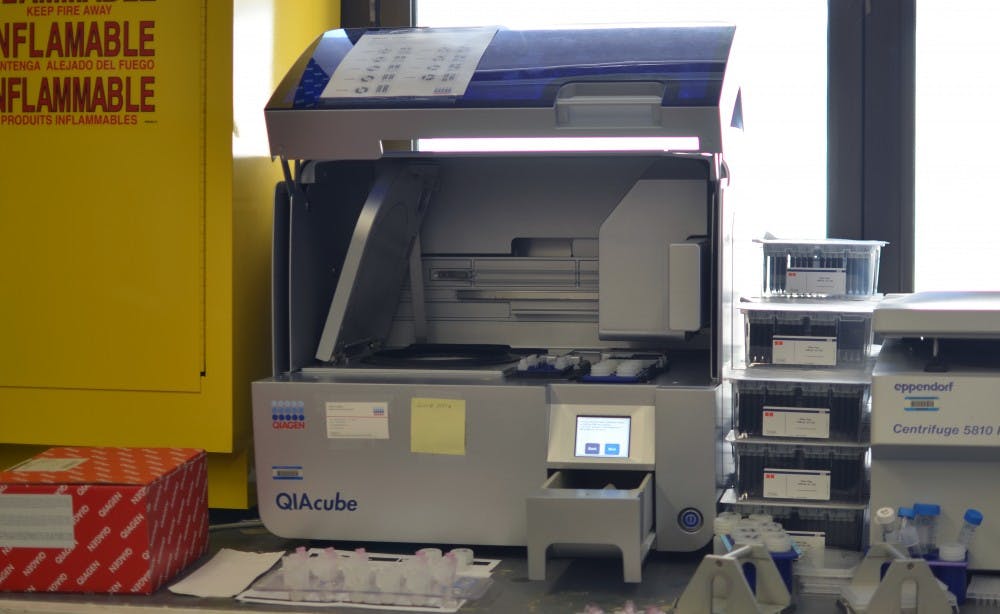UNC researchers are continuing to seek innovative ways to fight cancer — this time, with glow-in-the-dark mice.
Professor of Medicine Dr. Norman Sharpless’ latest experiment involved genetically engineering mice to measure an organic response to aging and cancerous cells.
Sharpless, along with a team of researchers at the UNC Lineberger Comprehensive Cancer Center, said with this new process, researchers can detect cancerous tumors at much earlier stages and also specifically pinpoint when cells begin aging.
He said with more work, the results of the research might be applicable to humans as well.
According to his report, originally published in Cell magazine Jan. 17, the team used mice to measure the expression of the p16 gene, which activates a process called cellular senescence.
“In terms of cellular biology, (senescence) is what happens to certain damaged cells when they stop dividing forever,” he said.
Sharpless said the p16 gene has been known as a link to senescence for more than five decades but has only recently been the subject of research.
He said it is a process that occurs as a result of aging or cancer.
“We are hard wired to not let cells go wild — and p16 is a part of that,” said Dr. Shelton Earp, director of cancer cell biology at the Lineberger Center.



